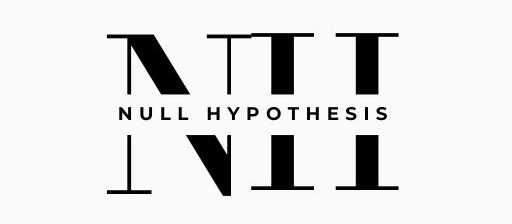Understanding Bankruptcy
What is Bankruptcy?
Bankruptcy is a legal process that helps individuals or businesses get relief from debts they cannot pay. It provides a structured way for debtors to either liquidate their assets to pay off creditors or reorganize their debts into manageable repayment plans. This process benefits both debtors by providing a fresh start and creditors by ensuring they receive some form of payment.
Types of Bankruptcy
Chapter 7 Bankruptcy
Chapter 7 Bankruptcy, also known as “liquidation” bankruptcy, involves the sale of non-exempt assets to pay off creditors. To be eligible, you must pass a means test to ensure you do not have sufficient income to repay your debts through Chapter 13. A trustee is appointed to oversee the process, which typically lasts 4-6 months. Most unsecured debts are discharged in Chapter 7, but certain assets are exempt and vary by state.
Chapter 13 Bankruptcy
Chapter 13 Bankruptcy is designed for individuals with a regular income who want to keep their property. It involves creating a repayment plan over 3-5 years, approved by the court, to pay back a portion of your debts. You must meet specific debt limitations and adhere to the court-approved plan. The trustee plays a crucial role in managing these payments.
Other Types of Bankruptcy
Other types of bankruptcy include Chapter 11, usually used by corporations but available to individuals, and Chapter 12, specifically designed for family farmers and fishermen. These chapters offer different structures for debt reorganization tailored to the unique needs of these groups.
The Bankruptcy Process
Pre-Filing Requirements
Before filing for bankruptcy, you must complete a credit counseling course from an approved agency. This course helps you understand your financial situation better and develop a budget plan. It is an essential step in ensuring you are making an informed decision about your financial future.
Filing the Petition
Filing a bankruptcy petition involves preparing and submitting detailed financial documents to the appropriate court. It is highly recommended to seek legal representation to ensure accuracy and completeness of the petition. An attorney can guide you through this complex process.
The Automatic Stay
Once you file the bankruptcy petition, an automatic stay goes into effect. This stay prevents creditors from taking any collection actions during the bankruptcy proceedings, providing temporary relief from harassment and legal actions.
The Meeting of Creditors
During the bankruptcy process, you will attend a meeting with the bankruptcy trustee and your creditors. At this meeting, known as the “341 meeting,” you will be questioned under oath about your financial situation and the information provided in your bankruptcy petition.
Completion of Bankruptcy
Chapter 7 Completion
In Chapter 7, the process concludes with the liquidation of non-exempt assets and the discharge of most unsecured debts. After the trustee sells any eligible assets and distributes funds to creditors, you will receive a discharge order from the court, marking the end of your Chapter 7 bankruptcy.
Chapter 13 Completion
In Chapter 13, completion involves finishing your approved repayment plan over 3-5 years. Once you have made all required payments according to your plan, you will receive a discharge order from the court, discharging any remaining eligible debts.
Consequences of Bankruptcy
Financial Consequences
Filing for bankruptcy has significant financial implications. It can negatively impact your credit score and may result in higher interest rates on future loans. There are also waiting periods before you can obtain a mortgage after bankruptcy, typically ranging from 1-4 years depending on the type of loan.
Non-Dischargeable Debts
Not all debts can be discharged in bankruptcy. Non-dischargeable debts include child support, most student loans, most tax debts, and debts related to personal injury caused by driving under the influence. These debts will still need to be paid even after completing the bankruptcy process.
Alternatives to Bankruptcy
Debt Settlement
Debt settlement involves negotiating with creditors to reduce the amount of outstanding debt. This is often done in exchange for a lump sum payment. While it can be beneficial, it may have tax implications and does not offer the same legal protections as bankruptcy.
Credit Counseling
Non-profit credit counseling agencies provide budgeting assistance, financial education, and debt management plans (DMPs) to help you repay debt over time. These services can be invaluable in managing your finances without resorting to bankruptcy.
Debt Consolidation
Debt consolidation involves combining multiple debts into a single loan with a potentially lower interest rate. This can streamline payments and reduce the overall cost of debt repayment. However, it requires discipline and commitment to avoid accumulating new debt.
Next Steps
Seeking Professional Advice
If you are considering bankruptcy or other debt relief options, it is crucial to seek advice from a bankruptcy attorney or credit counselor. Many attorneys offer free consultations to help determine the best course of action for your specific situation.
Evaluating Your Financial Situation
Before making any decisions, take time to evaluate your financial situation thoroughly. Reduce expenses where possible, explore ways to increase your income, and negotiate with creditors directly if feasible. Consider alternative debt relief options before deciding on bankruptcy.






